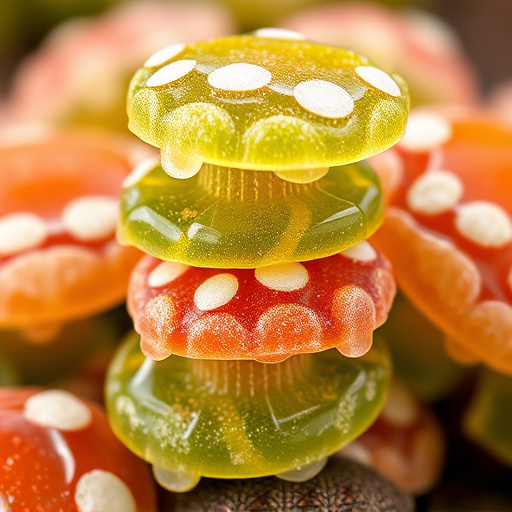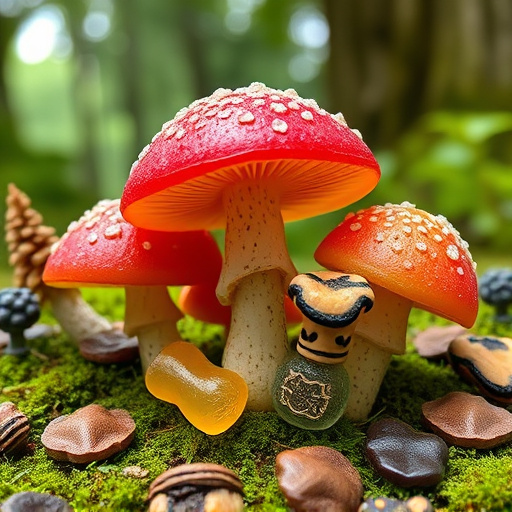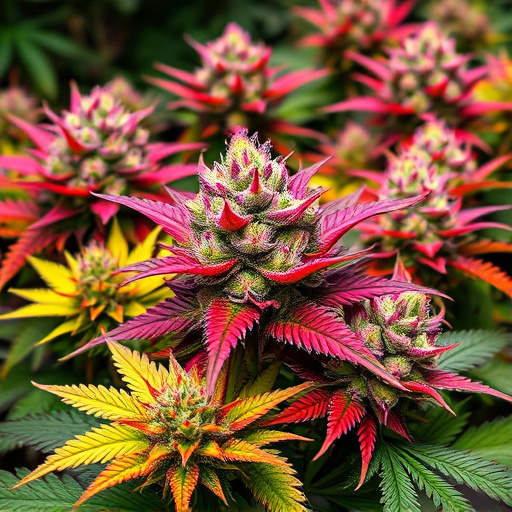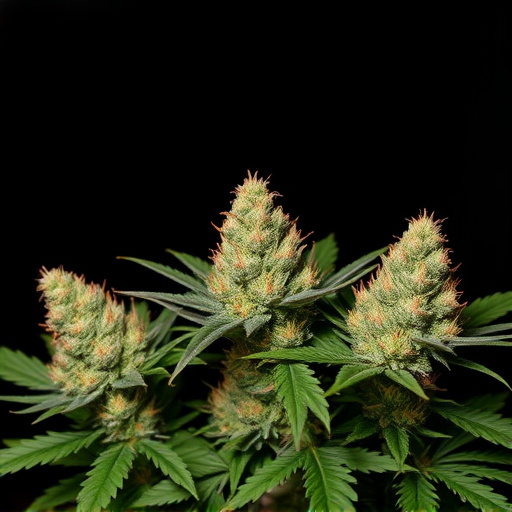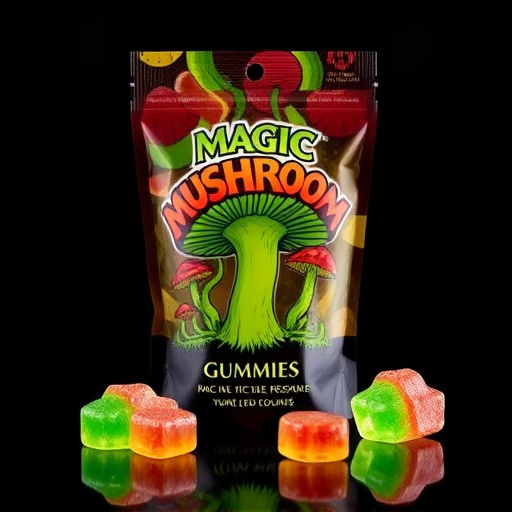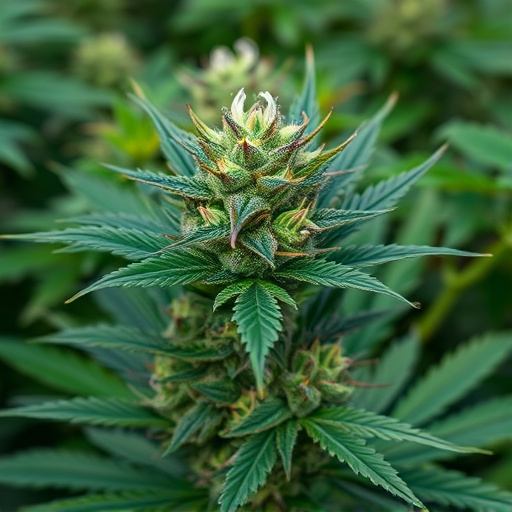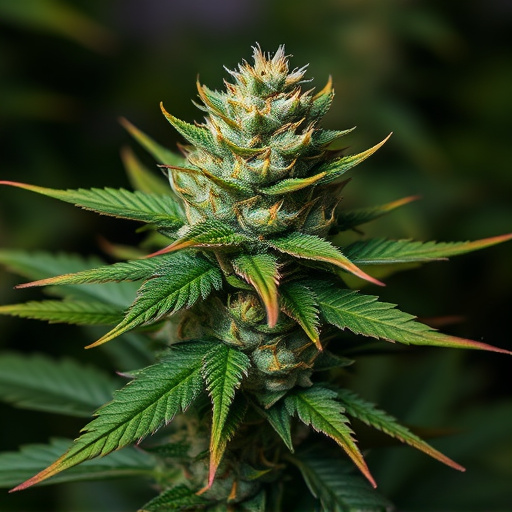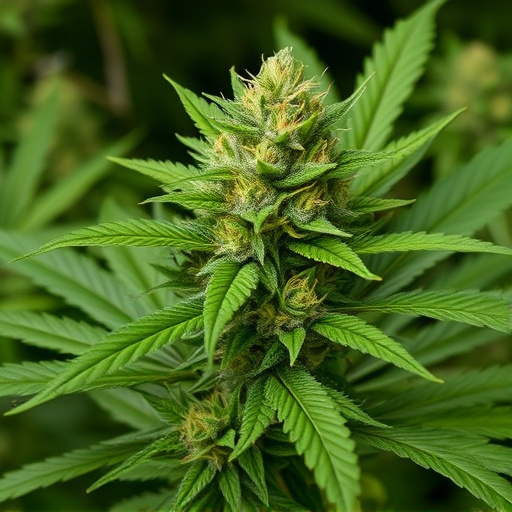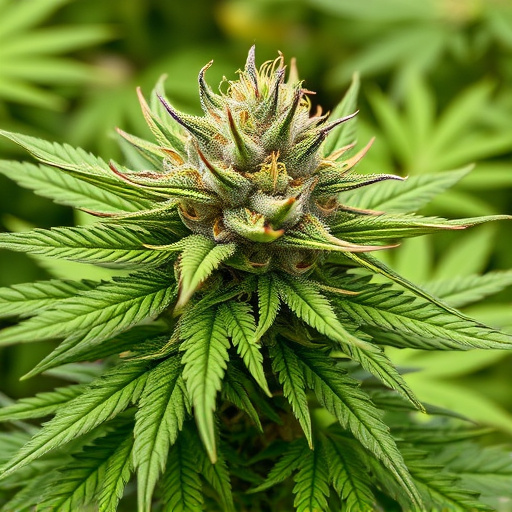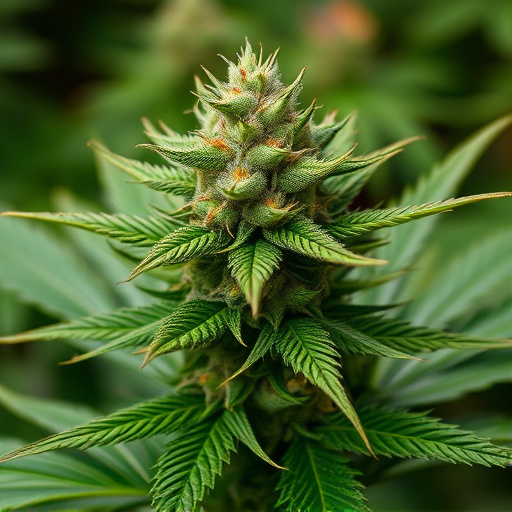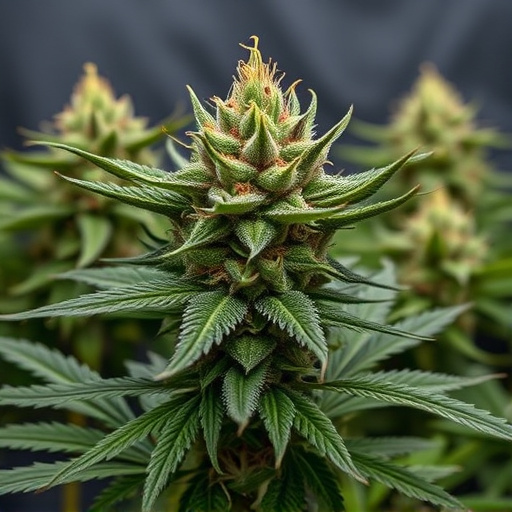Cannabis' complex mix of cannabinoids (THC, CBD) and terpenes interacts with our endocannabinoid system to regulate mood, appetite, and pain. Strong cannabis strains, rich in these compounds, can intensify emotional responses, from euphoria to anxiety. Terpenes, responsible for cannabis' scent and flavor, further alter experiences by interacting with both cannabinoids and our olfactory system. Understanding terpene-cannabinoid interactions is crucial for users aiming specific emotional outcomes, especially when considering the impact on brain chemistry, genetics, and pre-existing conditions. Mindful use involves awareness of these factors to promote safe, positive cannabis experiences.
Cannabis flowers, with their complex interplay of compounds, have a profound impact on mood and emotions. This article delves into the intricate world of cannabis, focusing on how its various components, particularly terpenes, influence our emotional responses. We explore individual variations in sensitivity to strong cannabis strains, highlighting factors that contribute to unique experiences. Understanding these dynamics is crucial for navigating the effects of potent strains, ensuring a responsible and enjoyable experience for consumers.
- Understanding Cannabis Compounds and Their Effects on Mood
- The Role of Terpenes in Shaping Emotional Responses to Strong Cannabis Strains
- Individual Variations and Factors Influencing Mood Changes from Cannabis Consumption
Understanding Cannabis Compounds and Their Effects on Mood
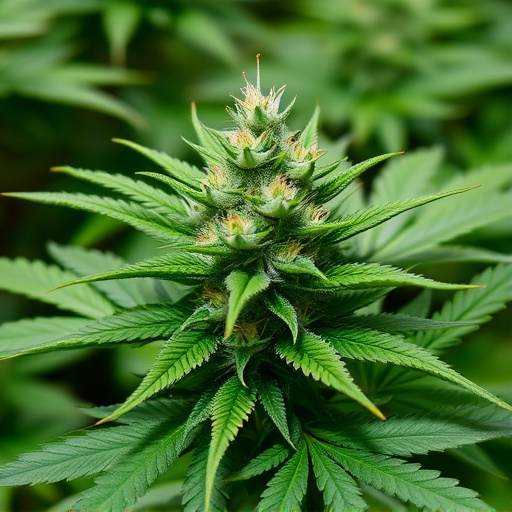
Cannabis flowers contain a complex mix of compounds, including cannabinoids and terpenes, that work together to produce their effects on mood and emotions. Cannabinoids like THC (tetrahydrocannabinol) and CBD (cannabidiol) interact with our endocannabinoid system, which plays a key role in regulating mood, appetite, and pain perception. Strong cannabis strains often have higher concentrations of these compounds, leading to varied emotional responses.
THC is known for its psychotropic effects, inducing feelings of euphoria and relaxation, while CBD, despite not having psychoactive properties, can modulate THC’s effects and may even counteract anxiety and stress. Terpenes, aromatic compounds found in cannabis, also contribute to the plant’s mood-altering capabilities by interacting with both cannabinoids and our olfactory system, potentially enhancing or altering the overall emotional experience.
The Role of Terpenes in Shaping Emotional Responses to Strong Cannabis Strains
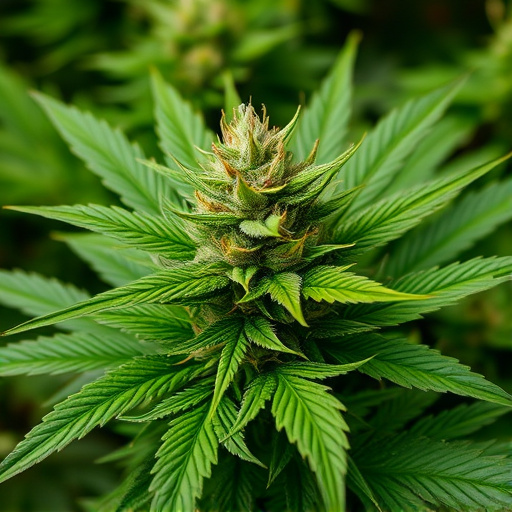
Terpenes, often referred to as the “aromas” of cannabis, play a pivotal role in shaping the emotional responses users experience when consuming strong cannabis strains. These aromatic compounds are not only responsible for the distinct scents and flavors associated with different strains but also interact with our bodies’ endocannabinoid system, influencing mood and emotion. Each terpene has unique properties that can evoke specific feelings; for example, myrcene is known to promote relaxation and sleepiness, while limonene has uplifting and energizing effects.
In strong cannabis strains, the concentration of terpenes can be exceptionally high, leading to more intense emotional reactions. The interplay between terpenes and cannabinoids like THC contributes to a complex experience where sensory perception and mood are deeply intertwined. Understanding this relationship is crucial for both recreational users and medical patients seeking specific therapeutic effects, as it allows them to choose strains that align with their desired emotional outcomes.
Individual Variations and Factors Influencing Mood Changes from Cannabis Consumption
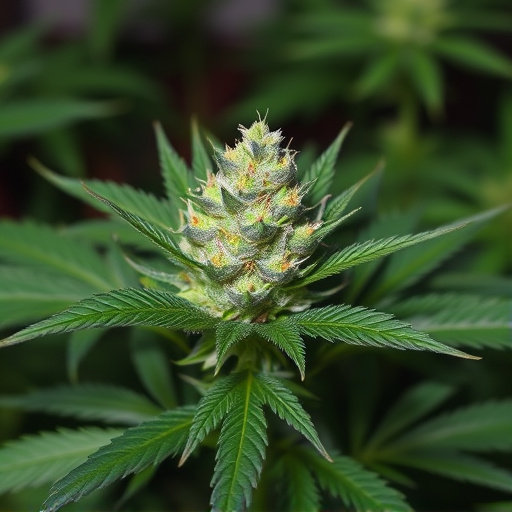
The effects of cannabis on mood and emotions can vary significantly from person to person, with numerous factors at play. Individual variations in brain chemistry, genetics, and previous experiences heavily influence how one might react to consuming cannabis, particularly strong cannabis strains. For some, it can induce feelings of euphoria and relaxation, leading to an uplifted mood. This is often attributed to the interaction between cannabinoids like THC and our endocannabinoid system, which plays a role in regulating emotions and stress responses.
However, other individuals may experience different outcomes. Factors such as dosage, strain characteristics (including high THC content), consumption method, and personal mental health status can all contribute to varying emotional reactions. Those with pre-existing mood disorders or anxiety conditions might be more susceptible to adverse effects, such as heightened anxiety or paranoia, especially when consuming strong cannabis strains. It’s crucial to approach cannabis use mindfully, considering these individual variations to ensure a safe and positive experience.
Cannabis consumption, especially with strong cannabis strains, significantly impacts mood and emotions due to a complex interplay of compounds, notably terpenes. While research offers insights into these effects, individual variations and factors like dosage, strain specifics, and personal psychology play pivotal roles. Understanding these nuances is essential for navigating the emotional landscape of cannabis use, ensuring a balanced approach in the ever-evolving discussion surrounding strong cannabis strains and their effects.
